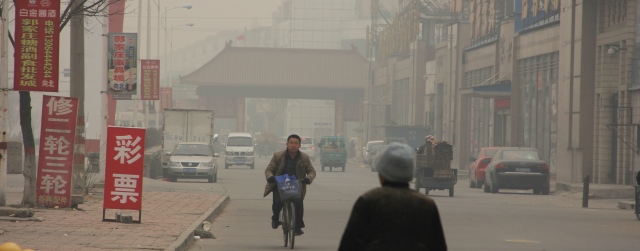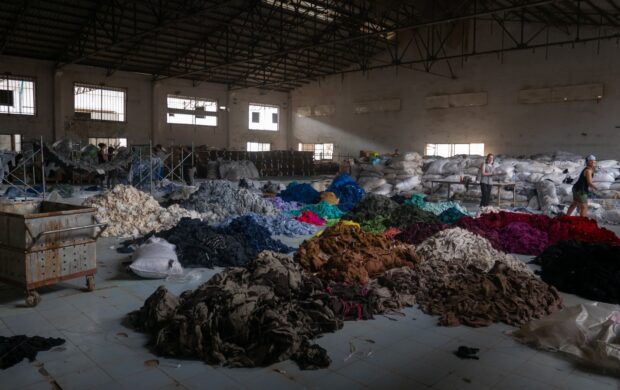Cancer rates are steadily rising in China, which has around 20% of the world’s population, but 22% of new cancer cases and 27% of the world’s cancer deaths. According to the Chinese Ministry of Health, cancer is implicated in close to a quarter of all deaths, but the country lacks a single database tracking national cancer rates.

There are thought to be several reasons behind this state of affairs. Rapid industrialisation has caused high levels of environmental pollution such as smog, and the widespread production and consumption of harmful chemicals that are usually banned in developed countries. Cancer is the leading cause of death in heavily polluted Beijing, and stories of ‘cancer villages’ have been widely reported in the media: hundreds of areas where industrial pollution has contaminated rivers and poisoned communities with carcinogenic substances such as heavy metals.
There are few national campaigns to educate people on avoidable causes of cancer such as smoking; China produces 40% of the world’s cigarettes and has a third of all global deaths from lung cancer. Liver cancer is also a particular problem as there are around 130 million people with the hepatitis B virus, which can easily cause liver cancer if it is not monitored with regular health checks. China now accounts for half of all global cases of liver cancer. China’s population is also ageing, and therefore more prone to developing cancers.
In addition to these stressors, China has a fragile healthcare system without the capacity for screening programs for common cancers such as breast cancer, so many people are not diagnosed until it is too late to give them effective treatment.













